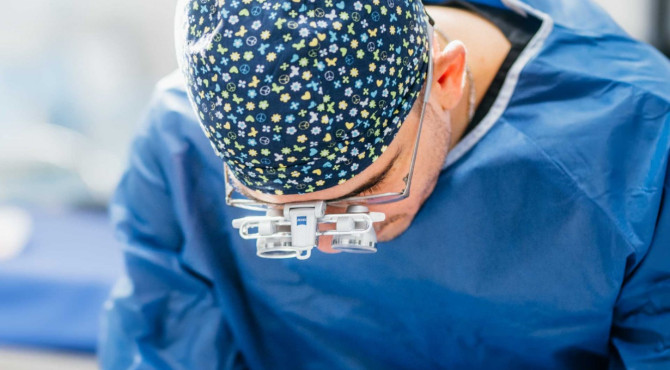How Kidneys Work

How normal Kidneys function
The kidneys are a pair of vital organs that perform many functions to keep the blood clean and chemically balanced. Understand¬ing how the kidneys work can help a person keep them healthy.
What do they do?
The kidneys are bean-shaped organs, each about the size of a fist. They are located near the middle of the back, just below the rib cage, one on each side of the spine. The kidneys are sophisticated reprocessing machines. Every day, a person’s kidneys process about 200 quarts of blood to sift out about two quarts of waste products and extra water. The waste and extra water become urine, which flows to the bladder through tubes called ureters. The bladder stores urine until releasing it through urination.
Waste in the blood comes from the normal breakdown of active tissues, such as muscles, and from food. The body uses food to repair itself and for energy. After the body has taken what it needs from food, waste is sent to the blood. If the kidneys did not remove it, this waste would build up in the blood and damage the body.
The actual waste removal of occurs in tiny units inside the kidneys called nephrons. Each kidney has about a million nephrons. In the nephron, a glomerulus—which is a tiny blood vessel, or capillary—intertwines with a tiny urine-collecting tube called a tubule. The glomerulus acts as a filtering unit or sieve and keeps normal proteins and cells in the bloodstream, allowing extra fluid and waste to pass through. A complicated chemical exchange takes place as waste materials and water leave the blood and enter the urinary system.

At first, the tubules receive a combination of waste materials and chemicals the body can still use. The kidneys measure out chemicals like sodium, phosphorus, and potassium and release them back to the blood to return to the body. In this way, the kidneys regulate the body’s level of these substances. The right balance is necessary for life.
In addition to removing waste, the kidneys release three important hormones:
Erythropoietin, or EPO, which stimulates the bone marrow to make red blood cells; Renin, which regulates blood pressure; and Calcitriol, the active form of vitamin D, which helps maintain calcium for bones and for normal chemical balance in the body.
What is Renal Function? The word “renal” refers to the kidneys. The terms “renal function” and “kidney
function” mean the same thing. Health professionals use the term “renal function” to explain how the kidneys filter blood efficiently. People with two healthy kidneys have 100 percent of their kidney function. Small or mild declines in kidney function as much as 30 to 40 percent would rarely be noticeable. Kidney function is now calculated using a blood sample and a formula to find the estimated glomerular filtration rate (eGFR). The eGFR corresponds to the percent of kidney function available. The section “What medical tests detect kidney disease?” contains more details about the eGFR.
Some people are born with only one kidney but can still lead normal healthy lives. Every year, thousands of people donate one of their kidneys for transplantation to a family member or friend.
For many people with reduced kidney function, kidney disease is also present and will get worse. Serious health problems occur when people have less than 25 percent of their kidney function. When kidney function drops below 10 to 15 percent, a person needs some form of replacement therapy, either blood-cleansing treatments called dialysis or a kidney transplant to sustain life.







